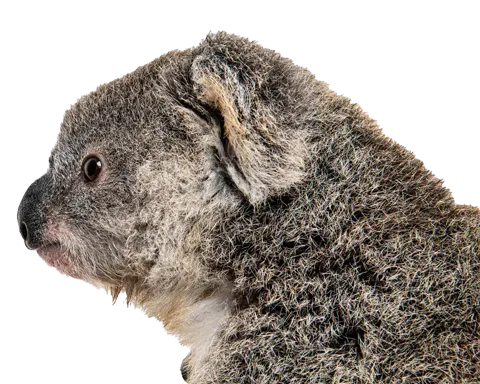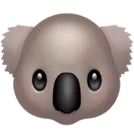
A healthy garden doesn’t normally suffer from severe insect infestations. If you have used toxic pesticides for a long time, it may take a while for the natural balance to be restored, but it is worth it in the long run.
Planting native trees, bushes and shrubs will encourage wildlife to your yard. Providing an understory of shrubs and mulching gardens will not only conserve water, but will enable smaller insectivorous birds and native lizards to inhabit your garden as well. Providing a source of clean fresh water in an area safe from pet dogs or cats will also encourage native birds to your yard. Take a close look for any hollows in trees before lopping, as you may be destroying the home or nesting site of a native animal. Many of our native species live in tree hollows and can’t survive without them.
Enjoy sharing our environment with our precious and unique wildlife!
Many species of wildlife are our natural pest controllers. Insectivorous birds consume large quantities of garden insects, spiders and cockroaches. Blue tongue lizards eat snails and slugs. Some commercial pesticides are highly toxic and may pass through the food chain. When you poison ‘pests’ in the house or garden, you may be inadvertently poisoning our marvellous wildlife.
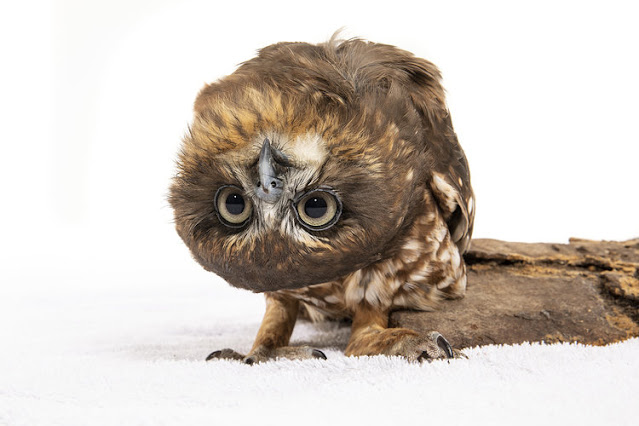
📷 Peter Sharp - Tame and Wild Photography
WILDLIFE FRIENDLY PEST CONTROL
There are safer alternatives that can be used around the house and garden.
Ants
Ants are harmless and should ideally be left alone. Ants kill termites, so if you live in a termite affected area, ants are your allies in protecting your home.
If you really must kill ants in an area, try these methods:
Cockroaches
Keep food in sealed containers to discourage cockroaches. Don’t leave food scraps or dirty dishes overnight.
Make balls of bait and put them wherever you see cockroaches.
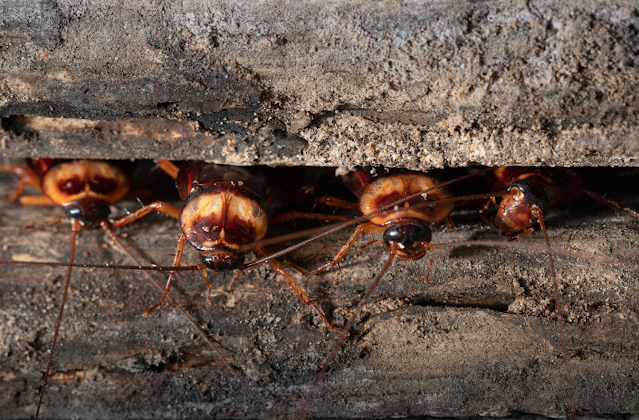
Snails and Slugs
Snails and Slugs can be hand picked from the garden. Ducks and lizards will consume large quantities of snails and slugs. Crushed egg shells on the garden bed around the base of plants will deter snails; as will sawdust or hay mulch. Overturned pots, containers or grapefruit skin halves placed in the garden with one side propped up a little will attract snails and slugs where they can be collected during the day.
A container of beer placed in the garden, sunk to the rim will attract snails, where they will fall in and drown. Seedlings can be protected by cutting a soft drink bottle in half and placing the top over the seedlings until they harden off. This also has the advantage of protecting from other damage and forms a ‘mini greenhouse’ for the seedlings to get established. The large spotted slugs sometimes seen in gardens are leopard slugs. These do not eat garden plants, but consume mulching and dead material, and so are quite harmless.
General Purpose Insect Control Citrus Spray: The citrus sprays below contain D-limonene, which is a byproduct of citrus. D-limonene is effective as an insecticide. It works by disrupting the moisture balance of insects.
These products may also be safely used as flea or lice treatments. They can be sprayed or sponged directly.
Method 1: Cut up 2 lemons (skin & all), & pour over 2 cups of boiling water. Let stand overnight.
Method 2: Use skins of 4 oranges and blend in food processor with 3 cups boiling water.
Insect Repellents: Lavender oil applied onto exposed skin with a cotton ball is an excellent repellent for mosquitoes. Eucalyptus oil and tea tree oil also work well. Citronella repellent products are a safer alternative to toxic sprays as insect deterrents in the house and yard.
Garden Insecticides Soap has been used for centuries as an all-purpose pesticide. It disrupts the cell membranes, and so the insect dies of dehydration. If you use too much soap in the mixture you will kill the plant as well, so don’t think “more is better”. The mixture here is quite safe to use in the garden.
Use a plain pure laundry soap like Sunlight. Garden Spray Use 50gm grated cake soap (or 2 tablespoons liquid soap) to 5 litres of hot water, and spray from a spray bottle as needed. Garlic Variation: Use 2 - 3 heads of garlic, crush and cover with boiling water and leave overnight. Strain and use the garlic water as part of the 5 litres of water to go into the soap mix.
White Oil: White oil, or dormant oil is used to treat white fly, aphids and mites. Mix 1 cup of vegetable cooking oil, a half a cup of water, and a few drops of washing-up detergent. This base is the white oil mixture. Mix one part of the white oil mixture to 40 parts water and spray from a spray bottle as needed.
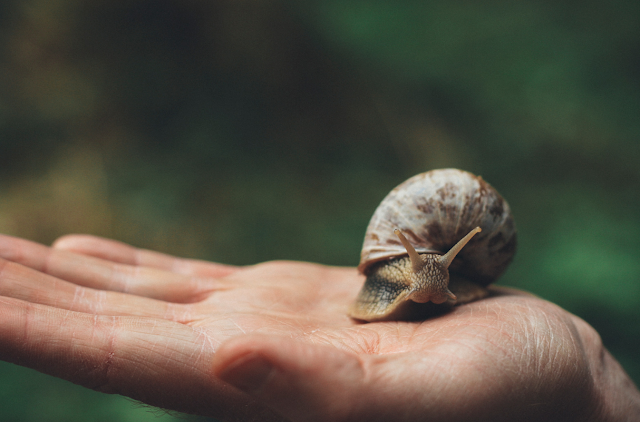
Source: https://www.ozwildlife.org/wfpestcontrol.php
